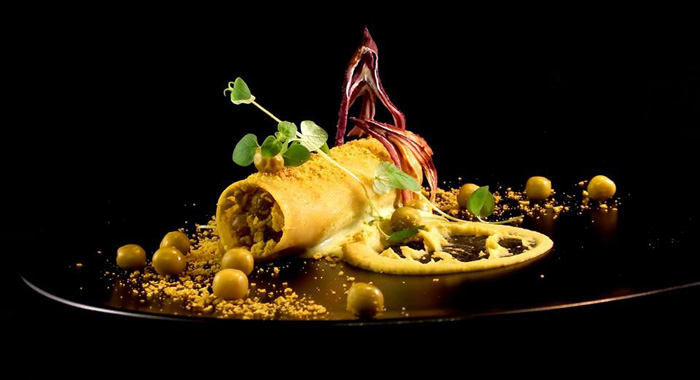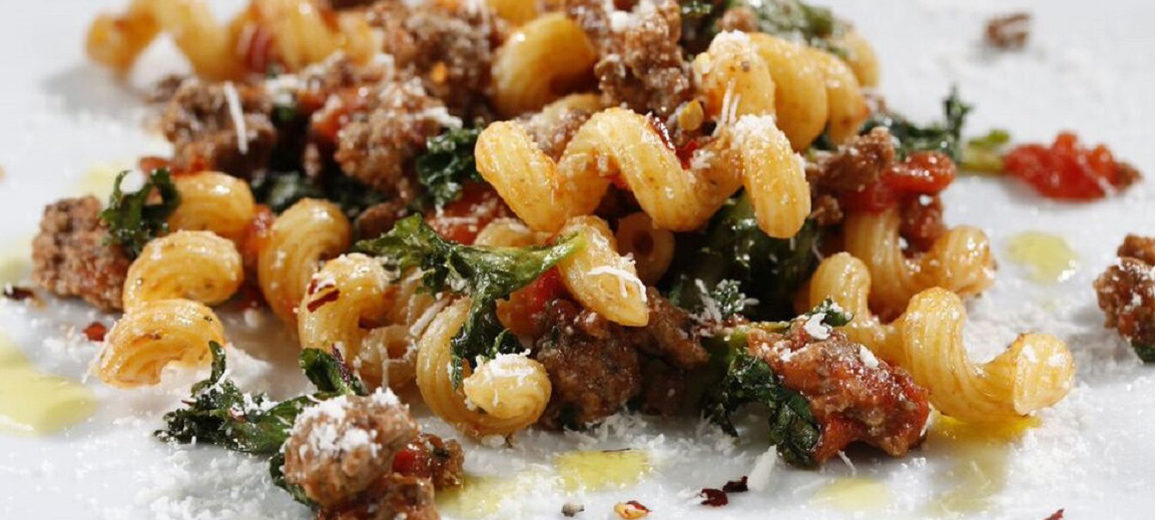It may surprise you that Italian is still the #1 ethnic cuisine in the US by a wide margin. Menu incidence is more prevalent for Italian than the next five ethnic cuisines combined, including Mexican and Chinese.
Better still, it’s the cuisine most (63%) consumers say they want to see more of at restaurants. That preference for more Italian food when dining out holds true across all income levels and ethnic backgrounds, and is up seven points since 2012. As a positive sign for the future, Italian food preference is even higher among millennials at 66%.
It’s clear that Italian food resonates with American diners across the board. The key is in finding ways to differentiate your Italian food from the chef next door, and making it fit the particular tastes of your customers and style of your concept. Unique, Spicy and Authentic are consumers’ top three reasons to try a new food or menu item according to research by Mintel.
“Restaurant operators don’t necessarily need to reinvent the wheel if they want to stay on trend for new flavors and cuisines. Instead, restaurants can differentiate themselves with authentic ethnic flavors.”
– Katrina Fajardo, Foodservice Analyst, Mintel
Why Authentic, Regional Italian Works
Despite the prevalence of Italian food in America, much of what’s known here tends to be a small set of “Americanized” dishes from the southern part of Italy, where many first wave Italian immigrants hailed from. The ubiquitous “red sauce,” “alfredo sauce” and other dishes have roots in Italy, but are not actually authentically Italian. In short, there is much room for discovery, innovation and excitement in the regional cuisines of Italy!
When asked what they look for in trying new foods at restaurants, fresh preparations and ingredients, spicy and authentic are some of the top drivers for consumers. By nature, regional Italian cuisine leans heavily on seasonal and local produce and fresh preparation methods. Some regions – notably in the South of Italy, including Puglia, Sicily and Calabria – are known for their spicy fare and indigenous peppers.
We asked some of our Italian Chefs what trends to look for in 2016.
“Barilla Cannelloni! My first and most important chore assigned to me as a young boy was to run to buy this pasta for the family. A very important responsibility. The blue package, the music played during those marvelous commercials and the slogan, “the best pasta loved by the Italians” evoke my best childhood memories. No other slogan could have been more appropriate. Choose Cannelloni for the year 2016. It’s cylindrical form is shaped just like a magician’s top hat- inspiring us to conjure up new tastes and colours of Italian culinary tradition. And who may we thank for this? Barilla of course.”
– Chef Cristian Gadau of Porto Torres, Italy

“Simplicity and using real, fresh ingredients is in for 2016. In Italy, we have a lot of different styles of taste but simplicity and real ingredients are always welcome at the table.”
– Chef Angelo Maria Franchini of Spoleto, Italy
“Well, I don’t have my crystal ball handy, but being from Northern Italy, I’d say cjalsons (italian dumplings) is a good guess. However, if you really want to know what I think should be happening in 2016 and beyond, that would be fresh, properly cooked pasta, cooked at the moment and for that, people have to be content to wait.”
– Michelin-starred Chef Gianfranco Minuz of Santa Monica, CA
“Sicilian cuisine. Parts of Italy have lost rich culinary patrimony, recipes, ingredients, techniques. A lot of Italian flavors and ingredients used in all parts of Italy are being introduced to the southern regions, especially to Sicily thanks to colonization over the last 3,000 years. Therefore, I pick Sicily! Ciao!”
– Chef Accursio Lota of San Diego, CA
Chef Lorenzo Boni of Barilla America shares 3 regional Italian dishes with us:



[pro_ad_display_adzone id=”10459″]


